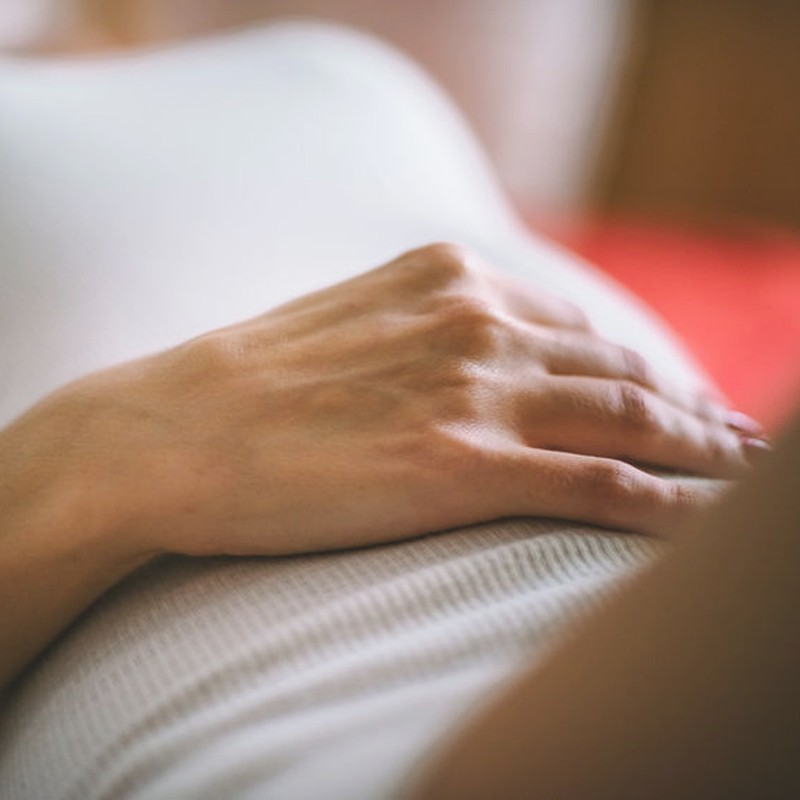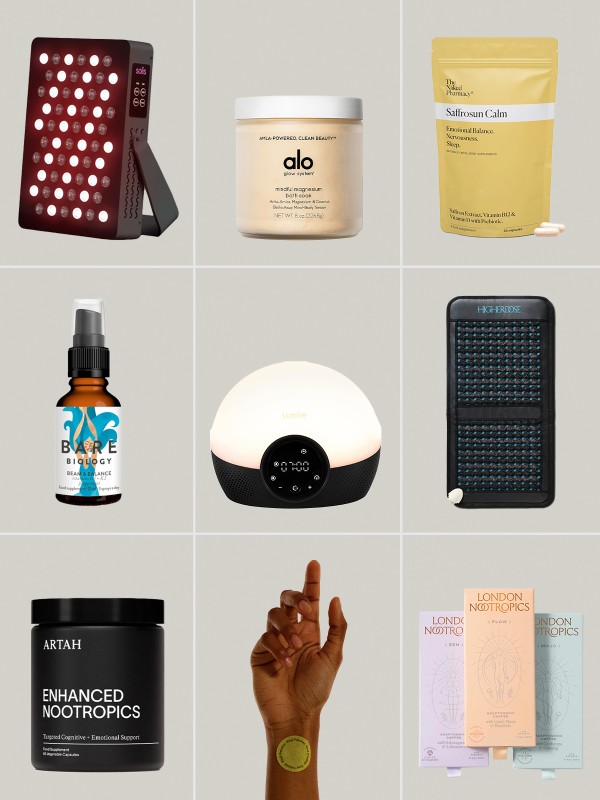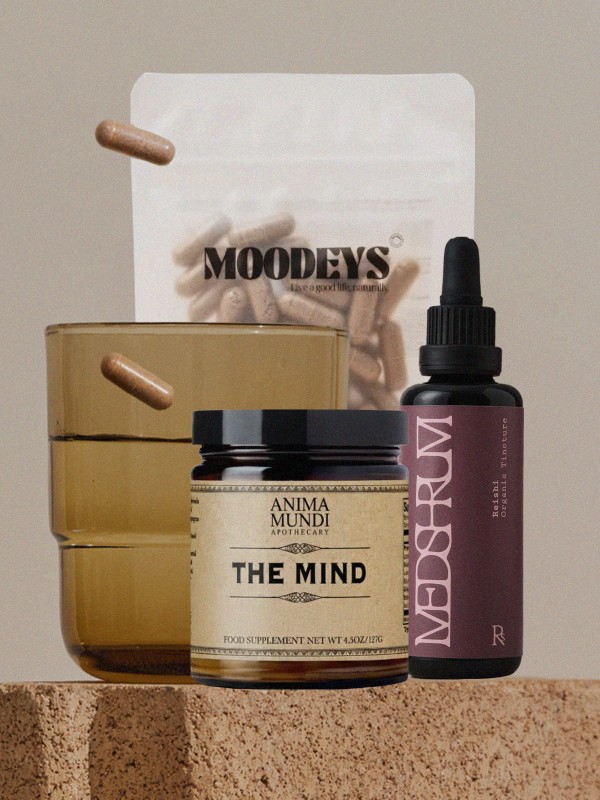Everything You Need To Know About Diverticulitis
Know The Difference Between Diverticulitis & IBS
Often confused with IBS which is caused by dietary allergies and food sensitivities, diverticulitis is caused by a build-up of waste. Diverticula are tiny pockets that form in the lining of the colon. Each of these pouches can become inflamed and infected, which is usually caused by build-up getting trapped and stuck in the diverticulum. If this happens, you will usually be given a course of antibiotics to treat the infection. They are more common as we get older, and can cause intermittent, lower tummy pain or bloating. Hospitalisation will only be necessary when serious complication occur.
Recognise The Symptoms
The symptoms of diverticular disease (especially if they start in an older person) can be quite like those of early bowel cancer. Therefore, tell a doctor if you develop these symptoms or any change in bowel habit from your usual pattern, though don’t let this alarm you, in most cases it’s likely to be diverticulitis. Key signs to look out for include:
- A constant pain in the abdomen. It is most commonly in the lower left side of the abdomen, but can occur in any part of the lower abdomen.
- High temperature (fever).
- Constipation or diarrhoea.
- Some blood mixed with your stools.
- Feeling sick (nausea) or being sick (vomiting).
Reboot Your Lifestyle To Avoid Suffering In The Future
We’re now seeing a rise in young adults developing diverticular diseases in developed countries, especially in urban areas. Because of this, it’s become a more widely discussed disease with more awareness being raised in the UK. This rapid growth in the younger generation has been put down to people having increasingly inactive and sedentary lifestyles, as well as a change in diets from fresh high-fibre foods to a more processed and refined convenience diet. Because all these contributing factors are self-managed, overall, it’s a condition that can be easily controlled and managed by you with a little self-help and nourishment. That being said, several studies also show that the condition is often inherited, for example, siblings of people who suffer are estimated to have a threefold higher risk of getting it themselves.
Remember That Prevention Is Always Better (And Easier Than Cure)
For MANY reasons, you should make sure you get your five-a-day and have a high fibre diet but especially if you’re worried about developing diverticulitis or are someone who already suffers. As well, exercise and activity also stimulate your bowels and helps reduce the risk of diverticula altogether, which should be even more motivation to tie up those laces.
Ignore The Myths You’ll Find On Google
People with diverticulitis are often told they should avoid eating nuts, seeds and popcorn. This is rubbish. These things never really get blocked in the diverticula pockets and as a doctor, I’ve never seen it in reality either. Another thing is to remember is not to overload your gut with supplements as a fast quick-fix cure. Generally, it needs very little treatment aside from a healthy diet and regular exercise. Providing you follow the advice above you’ll likely have little, to no problem whatsoever.
Try And Aim For 20-30g Of Fibre A Day
This rule applies whether you suffer or not. Fibre helps your body to make larger and softer stools and helps to prevent constipation, which in turn stops pockets from forming. High fibre foods to incorporate into your diet to prevent diverticulitis include:
- Whole grains, fruit and vegetables.
- Wholemeal or wholewheat bread and flour (for baking).
- Wholegrain breakfast cereals such as All-Bran®, Weetabix®, muesli, etc.
- Brown rice and wholewheat pasta.
- Wheat bran.
- Beans, pulses and legumes.
DISCLAIMER: We endeavour to always credit the correct original source of every image we use. If you think a credit may be incorrect, please contact us at info@sheerluxe.com.






